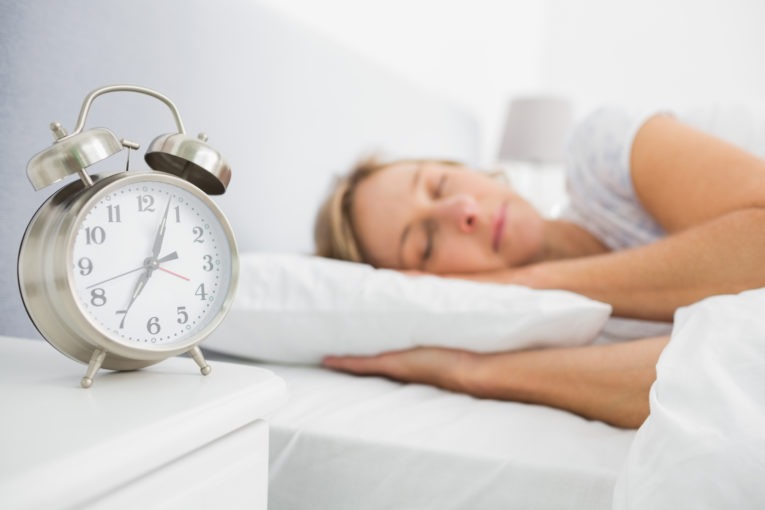Unless you live in one of the few states that doesn’t abide by daylight saving time, you’ll have to manually move clocks ahead or behind one hour on the designated Sunday every spring and fall.
While “spring ahead” and “fall back” are easy ways to remember which way to make the seasonal move of the clock, adjusting your sleep pattern can be more difficult.
And a recent study published by the journal PLoS Computational Biology suggests the change can even trigger some health issues. Specifically, researchers found the week after the spring time change is associated with higher risks of heart disease, injuries, mental health disorders, and immune diseases.
Often this type of sleep deprivation feels like a mild case of jet lag. People who are already sleep deprived may experience more negative impacts both in function and how they feel emotionally when their circadian rhythm is interrupted.
Negative effects may include a slower reaction time, decreased alertness, less control over their emotions or a slower time getting up and going in the morning. Springing ahead does not allow people to get up in the natural daylight, which can delay their internal clock from wanting to wake up.
Tips for dealing with daylight saving time
Thankfully, most people will start to adjust to the time change in a few days. Here are some tips for making the transition easier:
- Change your bedtime. Prepare ahead of time by going to bed 15 to 30 minutes earlier for a few nights prior to the change.
- Change your wake-up time. Get up 10 minutes earlier each day the week prior to daylight saving time.
- Try adding an hour of sleep. If you cannot plan ahead, try to offset the loss of sleep by going to bed earlier than usual the night of the time change, and sleep an extra 30 minutes that morning.
- Adjust the lights. Dim the lights earlier than usual to trigger your body to prepare for sleep.
- Seek the sun. Expose yourself to natural sunlight as soon as possible in the morning. This will help to regulate your internal clock and make you more alert. When natural light is reduced in the fall, other sources of light will also help.
- Nap. Take a short nap during the day to help combat sleepiness.
- Stay alert on the road. Do not drive if you are feeling drowsy.
- Turn on your headlights. Take precautions during rush hour, particularly after the daylight saving time change in autumn. Darkness occurs earlier, creating safety hazards for commuters.
- Regulate kids’ meals and naptimes. Plan ahead to help children and infants adjust to the change. Physiologically, humans will wake up at their internal time, even if the clock has changed, putting meals and nap times off schedule.
Ongoing sleeplessness
For most Americans, sleep disruption is limited to adjustments like daylight saving time and travel. But some people regularly struggle with sleeplessness.
Sanford Sleep Medicine operates several specialized centers where patients receive assessments, diagnoses and treatments for a variety of sleep-related disorders and sleep-exacerbated diseases.
The centers work in conjunction with an array of specialties including neurology, pediatrics, ear, nose and throat, pulmonary medicine psychiatry and psychology. They help patients identify the cause of their sleep problems and find ways to treat or effectively manage those conditions. Find a Sleep Medicine location near you.
Learn more
- Podcast: How to encourage good sleep habits in children
- For adults: To nap or not to nap?
- New to CPAP? Tips on getting used to sleep apnea treatment
…
Posted In Health Information, Healthy Living, Heart, Sleep Medicine
